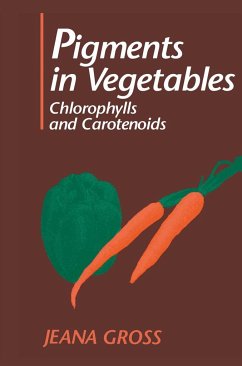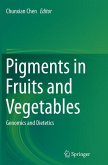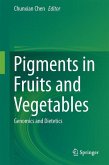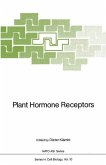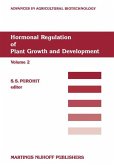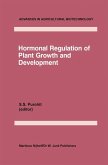Vegetables contain several classes of pigments: the green chlorophylls; the yellow, orange, and red carotenoids; the red, blue, or violet anthocyanins; andthered-violet betalains. Thisbookcoversthechlorophyllsandthecarot enoids, the two chief classes of vegetable pigments, and is the first major compilationofthis kind. Structure, physical and chemical properties, and analytical methods, in cluding special methods adapted for certain vegetables, are discussed first, and are then followed by a discussion of physiological and biochemical as pects, including location, biosynthesis, and biochemical changes during plant developmentand senescence. Both pigment classes have extremelyimportant biological functions. The chlorophylls are of paramount importance in photosynthesis. The carot enoids, besides their photofunction, have a highly significant role in nutri tion. Someofthem havevitaminA value and, possibly, a rolein the preven tion of human cancer. The chlorophyll distribution tableincludes all ofthe currentlyavailable quantitativedataonvegetables. The discussion of carotenoid distribution describes the unique carot enoids found invegetablesandincludesqualitativeandquantitativedistribu tion tables for the most common vegetables. These tables summarize all of the publisheddata to date, but they are far from complete. However, appli cationofrecentlyavailabletechniques should fill theenormousgaps, update old data, and permit an accurate assessment of the vitamin A value of the food. Suchcompletedatawould also make it possible to usecarotenoid dis tributioninthetaxonomyofvegetables. The presentations of pigment distribution also consider the changes in pigmentcontentduring storageand processing. Thebookalsoincludesapresentationoffactors affectingpigmentsynthe sis in vegetables (e.g., phytohormones) and environmental factors (e.g., light, temperature), as well as fertilizers and pesticides.
Hinweis: Dieser Artikel kann nur an eine deutsche Lieferadresse ausgeliefert werden.
Hinweis: Dieser Artikel kann nur an eine deutsche Lieferadresse ausgeliefert werden.

